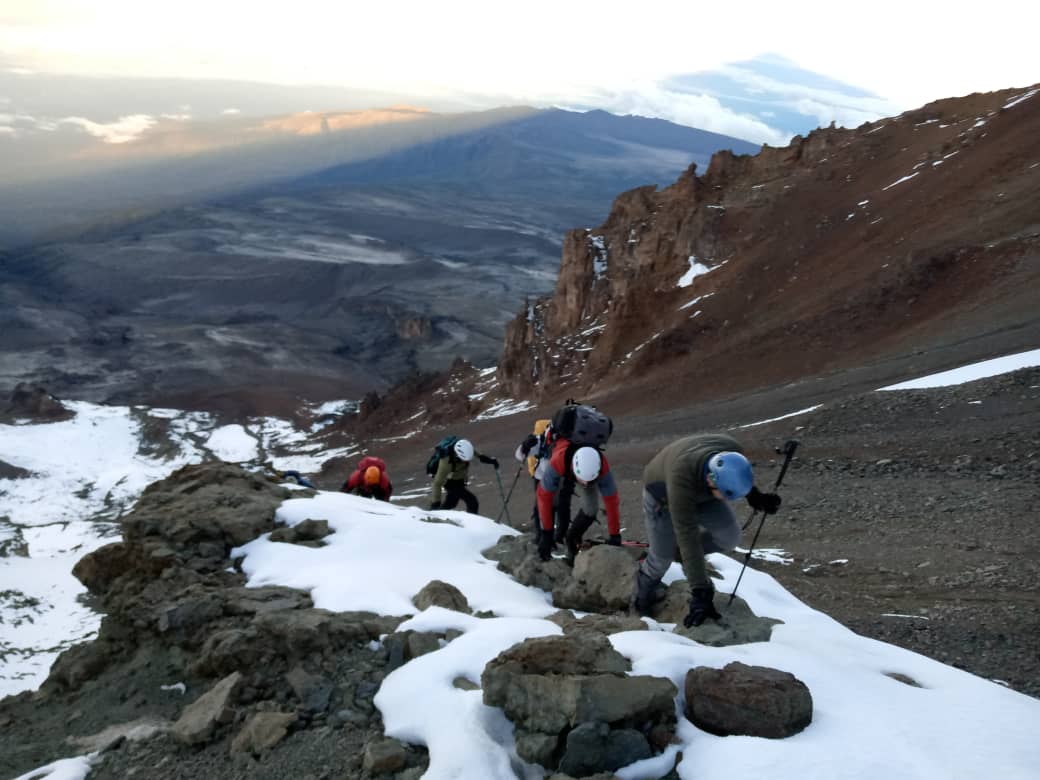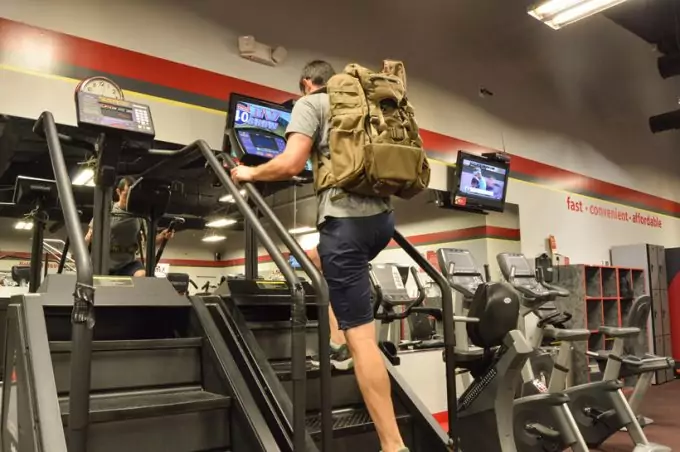
Training For Kilimanjaro: Climbing Preparation and Workout Programs
You have invested a lot of money to climb. You have bought all the gear, paid for the trip and bought plane tickets. There is no point in doing all of that and not putting in the efforts in your training. Climbing Mount Kilimanjaro is both a mental & physical challenge which is well within the reach of most people. However, you must be willing to do the specific training. Remember the summit day is 14+ hours.
Every year an estimated 35,000 or more climbers take on the challenge of climbing Mount Kilimanjaro. Unfortunately, statistics show a failure rate of anywhere from 30%, to even as high as 50% of all climbers. Meaning anywhere from a third to a half of all climbers turn back. Our commitment is to listen and understand your unique style and interests as we design and help you choose your authentic trip.
Why It’s Important To Train For Kilimanjaro ?
Training to Climb Mt Kilimanjaro is a daunting task for some as the mountain posited at an altitude of 19,341 feet/5,895 meters. This means that on the summit or during the climboxygen scarcity is a common phenomenon. Physical and mental training therefore can help achieve maximum success rate while Climbing Mount Kilimanjaro .
How you train is a significant factor in how you will fare on your Kilimanjaro climb. Most of our clients have never hiked for so many consecutive days at such high elevations. Therefore we urge you to be in the best shape of your life. Obviously, it is not easy to climb the tallest mountain in Africa. Although the trekking is at a slow pace and most hiking days end in the mid-afternoon, the combination of physical activity, poor sleep, diminished appetite, dehydration, weather, and altitude are working against you. As you make the push to the summit, your endurance will be tested.
We recommend 8-12 weeks of training to attain a solid fitness level. You may require more or less depending on your current fitness and your hiking acumen. View our sample training program. Note that hiking should be the foundation of your training and is far more important than other types of activity such as running or weightlifting.

The Best Kilimanjaro Training Includes :
- Aerobic Training for Mount Kilimanjaro
Aerobic exercises like running, jogging, cycling, and even aerobic dance classes will help you in managing your increase in heart rate and breathing preparing you for the high intensive climbing. You can also practice Training for Kilimanjaro on a Treadmill in case you want to train in cardiovascular exercises.
- Strength Training for Hiking the Mount Kilimanjaro
While Training for Kilimanjaro it is indispensable to add strength training in your training program. Leg exercises like squats, leg press and more are necessary for high Kilimanjaro Routes Success Rates on the mountain. Not only legs, strength training includes back, chest, and arms as well.
- Stretching and Warming Up is a Must
Before starting your training it is crucial to stretch your muscles. This helps warm up your body. If you want to know details on How to Train to Climb Kilimanjaro, then remember to stretch before strength exercises. This is important because it helps avoid muscle strains, pulls or even worse - a tear.
Kilimanjaro Climbing Training Plan.
Set a routine for training. Focus on discipline. Make a training schedule and stick to it.
- Day 1: Hike/StairMaster for at least one hour
- Day 2: Light leg workout with weights, or cycling, or jogging
- Day 3: Hike/StairMaster for at least one hour
- Day 4: Rest
- Day 5: Open day to do any exercise you like
- Day 6: Hike/StairMaster for at least one hour
- Day 7: Rest
Notes: For your hikes and StairMaster sessions, you can begin with carrying a little weight in your daypack.
Build your foundation of endurance and strength. Keep workouts challenging and fun.
- Day 1: Hike/StairMaster for at least one hour
- Day 2: Moderate leg workout with weights
- Day 3: Hike/StairMaster for at least one hour
- Day 4: Rest
- Day 5: Open day to do any exercise you like
- Day 6: Hike at least three hours with a weighted pack
- Day 7: Rest
Notes: Increase the weight of your pack to about 20 lbs. Weekly, do one long hike that takes a full day of 6-8 hours of hiking. Also, plan at least one overnight backpack trip where you can test out your sleeping gear.
Your hardest workouts should be at the four-week point. Increase the weight of your pack to 25-30 lbs. Do everything at a faster pace. Really challenge yourself this month to gain mental toughness.
- Day 1: Hike/StairMaster for at least one hour
- Day 2: Hard leg workout with weights
- Day 3: Hike/StairMaster for at least one hour
- Day 4: Light leg workout with weights, or cycling, or jogging
- Day 5: Open day to do any exercise you like
- Day 6: Hike at least four hours with a weighted pack
- Day 7: Rest
Wind down your training to prevent injury. Maintain your strength and endurance with easy to moderate workouts. Be sure to get enough sleep before embarking on your travels.
- Day 1: Hike/StairMaster for at least one hour
- Day 2: Light leg workout with weights, or cycling, or jogging
- Day 3: Hike/StairMaster for at least one hour
- Day 4: Rest
- Day 5: Open day to do any exercise you like
- Day 6: Hike/StairMaster for at least one hour
- Day 7: Rest
Finally, The Mental Stamina :
Just as important as physical stamina is mental stamina and attitude. There always comes a point (most often during summit night) that you will want to quit and just head back down the mountain. Keeping a positive attitude and digging deep to push through is incredibly important and a valuable skill.
Training your mental stamina is no easy thing, but there are ways to accomplish it. You essentially need to construct an activity that pushes your body to what it thinks is its limit, then you need to push past that to reach your goal.
A great way to achieve this is long distance running such as half marathons and full marathons. A marathon will push you to your limit whilst having an achievable goal in sight - the finish line. If you can do this with a friend or training partner then all the better as you will both push each other to achieve more. Remember, it's that final push when your head is telling you to stop that will allow you to get into the state of mind required to scale Kilimanjaro.
Understand the climb and apply to your training - We highly recommend you to be training 4 – 5 times a week with heavy weight in your back pack and at the same time don't forget to do interval training. Remember, on your climb you will be moving up and down hills on steep and challenging terrain up to almost 6 hours in most of the days and 14 hours on the summit attempt. So, It is important to be ready so you can easily manage the distances and miles you are walking and getting specific conditioning for the climb.